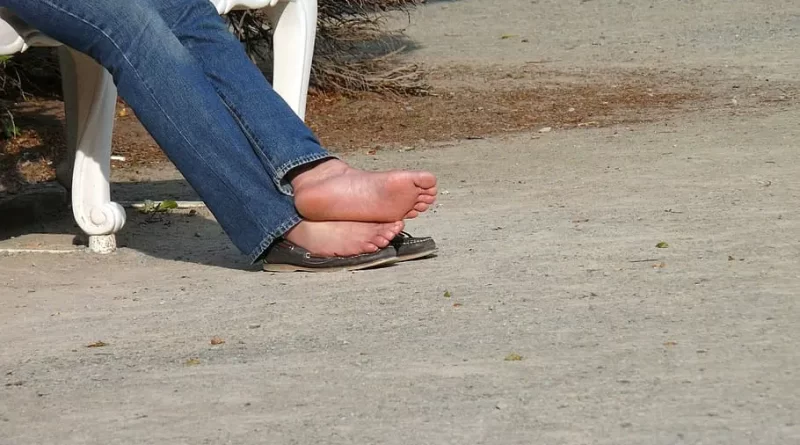The Benefits of Minimal and Barefoot Footwear
Minimal and barefoot footwear are gaining popularity as more people become interested in adopting a minimalist lifestyle. These types of shoes are designed to mimic the feeling of being barefoot while still providing some protection from the ground.
There is a growing demand for our feet to breathe more and go back to the days when people didn’t wear shoes that removed the pleasant feeling of touching the earth.
This blog will explore the benefits of minimal and barefoot-style footwear, the anatomy of the foot, and how to transition to this type of footwear.
Understanding the Anatomy of the Foot
The human foot is a complex structure that is made up of 26 bones, 33 joints, and more than 100 muscles, tendons, and ligaments. The muscles in the feet play an essential role in maintaining balance and stability, as well as supporting the arches of the feet.
Traditional footwear can weaken these muscles and alter the natural structure of the foot, which is why these newly designed minimal shoes provide a more natural feel of the foot to the ground compared to modern shoes.
The Benefits of Minimal and Barefoot Footwear
One of the main benefits of minimal and barefoot footwear is improved posture. These shoes allow the feet to move and function more naturally, which can help correct imbalances and reduce joint stress.
Additionally, wearing these types of shoes can strengthen the foot muscles, reducing the risk of foot and ankle injuries. This improved muscle strength can also improve balance and stability, making engaging in physical activities such as running or hiking easier.
Minimal and barefoot footwear can also be more environmentally friendly. Traditional shoes are often made from synthetic materials and may be designed to be replaced frequently, leading to waste.
In contrast, many minimal and barefoot shoe brands use eco-friendly and sustainable materials, and the durable design of these shoes means they may need to be replaced less often.
Factors To Consider When Transitioning to Minimal or Barefoot Footwear
Transitioning to minimal or barefoot footwear can take time and requires careful consideration. It is important to start with a gradual transition, as the muscles and tendons in the feet may need time to adjust to the new way of moving.
Choose shoes that fit properly and provide the appropriate amount of support for the activities you will be engaging in. Remember that if you use regular shoes for high-intensity activities like running or at the gym, you should continue to use them until your feet get used to the minimal footwear in less intensive activities.
Proper sizing is also important, as wearing shoes that are too tight or too loose can cause discomfort and may lead to foot and ankle injuries. When transitioning to minimal or barefoot footwear, it may also be necessary to incorporate exercises and stretches to help strengthen the foot muscles and improve flexibility.
Using other foot products like metatarsal pads can also improve the transition process. What do metatarsal pads treat, you may be asking? The small cushioning devices are placed in the ball of the foot beneath the metatarsal bones. They are often used to treat metatarsalgia, a painful condition that affects the ball of the foot.
Conclusion
Minimal and barefoot footwear can benefit the feet and overall health. By allowing the feet to move and function more naturally, these shoes can improve posture, strengthen foot muscles, and reduce the risk of injury.
However, it is important to transition gradually and choose the right shoes for your needs. Adopting a minimalist approach to footwear with proper care and consideration can lead to improved health and wellness.

